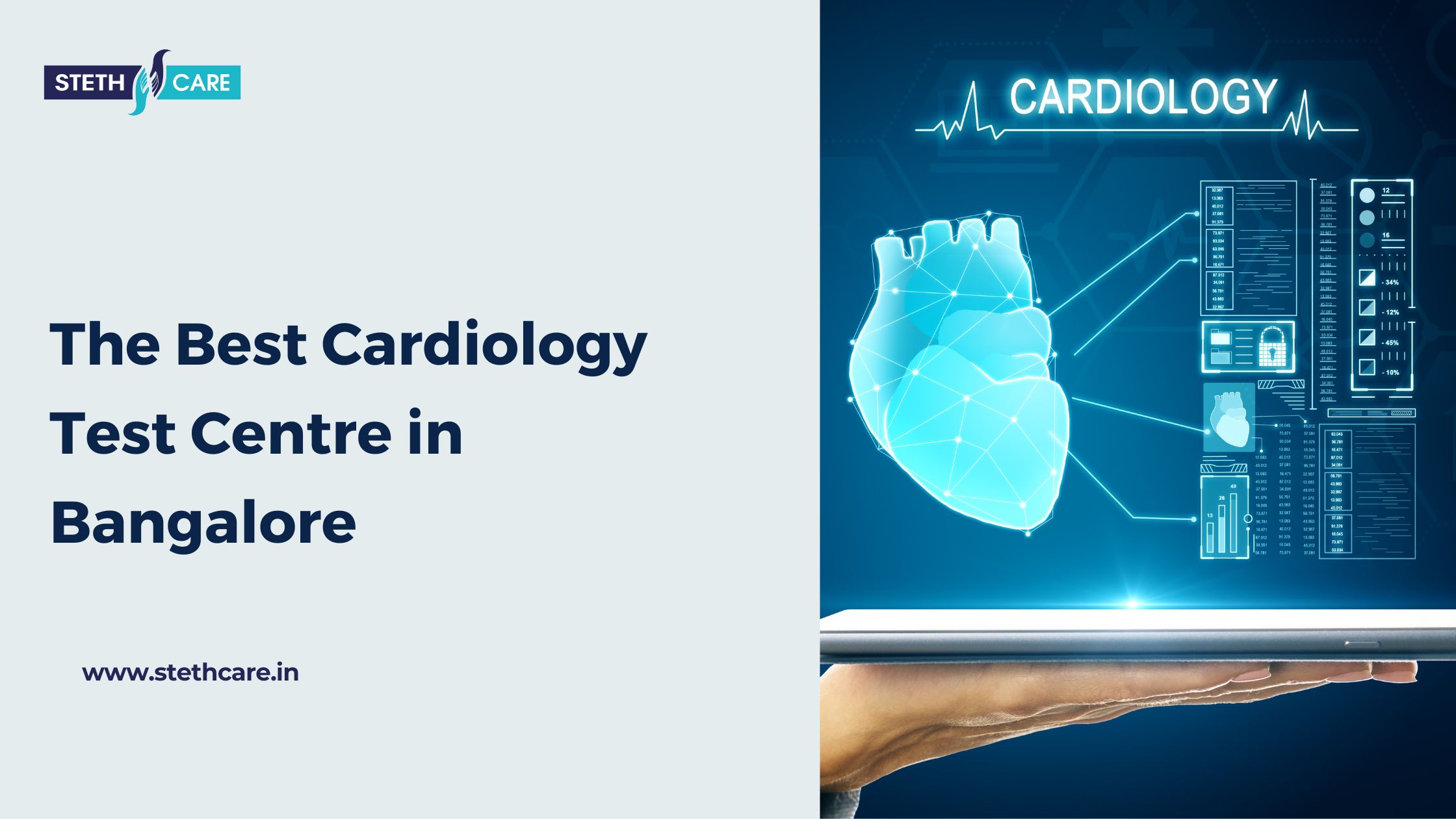
- Cardiology
-
by admin
In the world of medical diagnostics, the Treadmill Stress Test is a crucial tool for assessing heart health. Whether you’ve been advised to undergo a Stress Test or you’re simply curious about what it entails, this blog post will provide you with everything you need to know. Let’s dive into the world of Treadmill Test (TMT) and demystify the procedure.
What Is a Treadmill Test (TMT)?
A Treadmill Stress Test, also known as an Exercise Stress Test or Exercise ECG, is a non-invasive diagnostic test that helps evaluate the functioning of your heart during physical stress. The primary goal is to assess how well your heart responds to exercise and to detect any potential cardiac issues.
The TMT Procedure:
- Preparation: On the day of the test, you’ll be advised to wear comfortable clothing and sneakers. It’s essential to inform the healthcare team about any medications you’re currently taking.
- Electrode Placement: Electrodes will be attached to your chest, arms, and legs to monitor your heart’s electrical activity.
- Baseline Reading: While you’re at rest, a baseline ECG (Electrocardiogram) will be recorded to establish your heart’s normal rhythm.
- Treadmill Exercise: You’ll step onto a treadmill, and the intensity of the exercise will gradually increase. The speed and incline of the treadmill will be adjusted to mimic physical stress.
- Monitoring: Throughout the test, your heart rate, blood pressure, and ECG will be continuously monitored.
- Symptom Assessment: You’ll be asked to report any symptoms like chest pain, shortness of breath, fatigue, or dizziness during the test.
- Test Termination: The test may be terminated when you achieve your target heart rate, experience symptoms, or if the healthcare provider deems it necessary.
Why Is a TMT Performed?
TMT serves several important purposes:
- Detecting Heart Conditions: It helps identify coronary artery disease, arrhythmias, and other heart-related issues.
- Assessing Exercise Tolerance: TMT gauges how well your heart responds to physical stress, providing insights into your cardiovascular fitness.
- Evaluating Treatment Effectiveness: It can assess the effectiveness of treatments or interventions for heart conditions.
Interpreting TMT Results:
After the TMT, a cardiologist will analyze the data. Here’s what the results can indicate:
- Normal Result: If there are no significant changes in the ECG during exercise, it suggests good heart health.
- Abnormal Result: Abnormal changes in the ECG may indicate reduced blood flow to the heart, arrhythmias, or other cardiac issues. Further tests may be recommended for a definitive diagnosis.
Risks and Considerations:
TMT is generally safe, but there are some considerations to keep in mind:
- Potential Risks: In rare cases, TMT can lead to complications such as chest pain, heart rhythm disturbances, or fainting. However, healthcare providers are well-prepared to handle such situations.
- Contraindications: TMT may not be suitable for individuals with certain medical conditions or those at high risk of heart complications.
Conclusion: Knowledge Is Power
A Treadmill Test is a valuable tool in assessing heart health and fitness. Whether it’s a routine check-up or part of a diagnostic process, understanding what happens during a TMT can alleviate any anxiety or uncertainty. Regular check-ups and early detection of heart issues can be lifesaving, so don’t hesitate to discuss TMT with your healthcare provider if you have concerns about your heart health. Remember, knowledge is power when it comes to taking care of your well-being. For more information, check out our services page.

